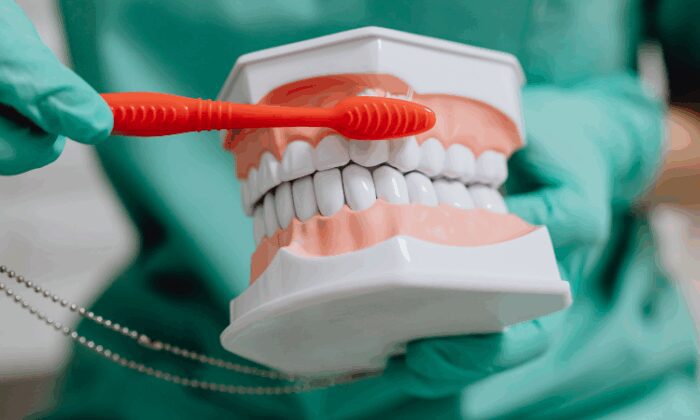Gum disease, also known as periodontal disease, is a common but often overlooked condition that affects the tissues supporting your teeth. While it starts subtly, it can lead to serious oral health issues, including tooth loss, if left untreated. Understanding the warning signs of gum disease can help you take action early and protect your smile.

Red, Swollen, or Tender Gums
One of the earliest and most visible signs of gum disease is inflammation. Healthy gums should be firm and pink, not red or puffy. When plaque builds up along the gumline, it can irritate the gums and cause them to swell. This inflammation may make your gums feel tender to the touch or even painful when brushing or eating. If your gums are frequently sore or look inflamed, it could be an indication that gum disease is developing.
Bleeding When Brushing or Flossing
Although many people assume that a little bleeding during oral hygiene is normal, it’s actually one of the clearest signs of gum trouble. Gums that bleed easily when brushed or flossed are often experiencing the early stages of gum disease, known as gingivitis. This bleeding is not just a nuisance. It’s a sign that your gums are reacting to bacterial buildup. If ignored, gingivitis can progress into more advanced stages of periodontal disease.
Persistent Bad Breath or Bad Taste
Everyone experiences bad breath from time to time, especially after eating certain foods. However, if you notice that your breath smells bad regularly, even after brushing, it may be linked to gum disease. Bacteria trapped beneath the gumline produce toxins that not only damage the gum tissue but also result in an unpleasant odor. You might also notice a persistent bad taste in your mouth, which is another sign that bacteria are active and potentially harming your oral health.
Receding Gums
As gum disease progresses, it can cause the gums to pull away from the teeth. This recession creates pockets where more bacteria can accumulate, accelerating the damage. You may notice that your teeth appear longer than usual or feel more sensitive at the gumline. Gum recession is not just a cosmetic concern. It’s a sign that the structural support for your teeth is deteriorating. Left untreated, this can lead to loosening or loss of teeth.
Loose or Shifting Teeth
Advanced gum disease affects not only the gums but also the bone that supports your teeth. As this foundation weakens, teeth can become loose or shift in position. You might notice changes in the way your teeth fit together when you bite, or that a gap between your teeth is getting wider. Any noticeable movement of your teeth should be taken seriously, as it often signals significant periodontal damage.
Pus Between Teeth and Gums
The presence of pus is a clear indication that infection is present. If you notice a discharge coming from between your teeth and gums, it’s a warning that your body is trying to fight off bacteria that have invaded the tissues. This symptom often appears in the more advanced stages of gum disease and requires immediate professional attention.
Taking Action Early
The good news is that gum disease is preventable and often reversible when caught early. Regular dental checkups and cleanings, combined with consistent brushing and flossing at home, are your first line of defense. If you notice any of the signs mentioned above, don’t wait for your next scheduled visit. Make an appointment with your dentist right away. Early intervention could stop the progression of gum disease and help preserve both your smile and your overall health.
Treatment for Gum Disease in Santa Monica, CA
If you suffer from red, swollen, or bleeding gums, Dr. Fabrizio Dall’Olmo is here to help. He offers a range of treatment options that could restore your smile and reduce symptoms of pain or discomfort. Contact his office today to schedule a consultation and learn more about how to keep your gums healthy.
